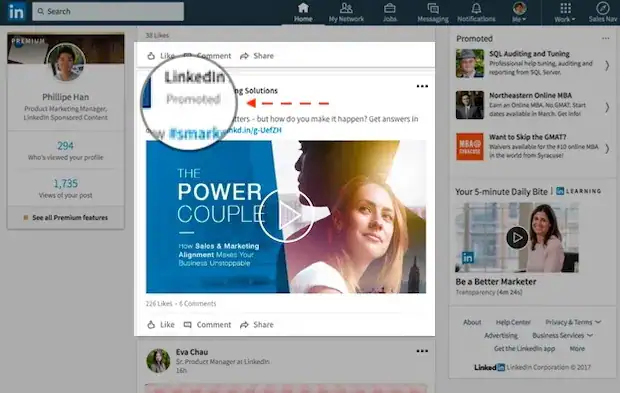How to Improve Blended Learning
A blended classroom gives both students and teachers the opportunity to use digital tools to significantly improve the learning experience. One of the main benefits of blended learning is that us allows students to avoid crowded classrooms while still fitting their coursework into their schedules. But when set up incorrectly, blended learning can prove a hindrance than a solution.

There are several techniques that you can implement to help you improve blended learning. In this guide, we are going to share with you some of these strategies aimed at showing you how to improve blended learning.
Determine Your Course’s Interactivity
The first thing you need to do when optimizing or setting up a blended classroom is to determine how much of the course will be interactive. Blended classrooms are designed to incorporate the e-learning experience to the course and use the internet to reach students wherever they are. But it is not designed to be completely online.
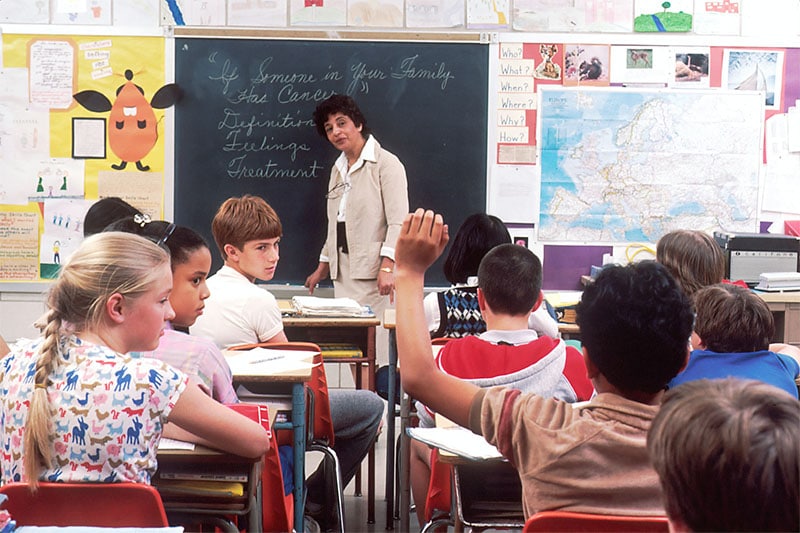
Therefore, the first thing you must determine is how much of the course will be accomplished in the classroom and how much of it will be done online. For instance, you might want to decide which part of the course will be done exclusively in the classroom and which part of the course will be done exclusively online.
Knowing this will help you effectively plan for the course, including lesson planning as well as with scheduling. Your students will know when they are supposed to be in the classroom physically and when they can learn online.
Try a Flipped Classroom
It is also a good idea to try different learning models if you are going to be implementing a blended classroom. One of these models is the flipped classroom, which involves taking the traditional roles in a classroom and reversion them.
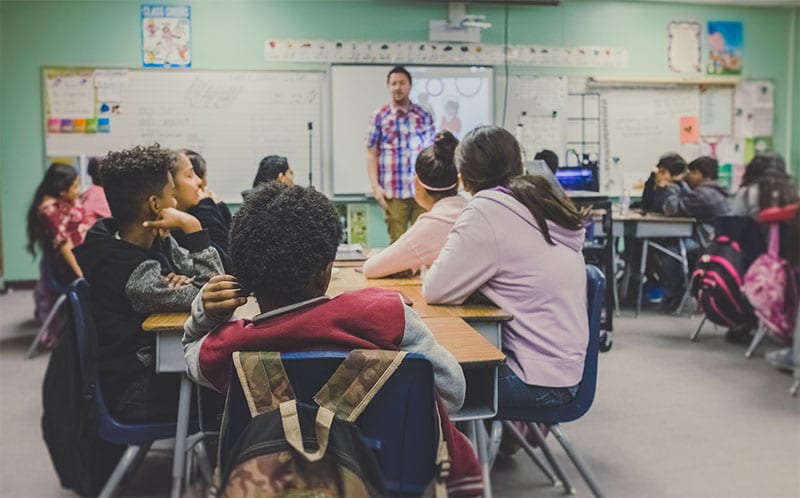
In a traditional classroom, the teacher will provide a lecture during the classroom and the students can use their own time to study and review the course materials. In a flipped classroom, the students can review prerecorded lectures in their free time and use class time to discuss and complete assignments.
This is a particularly good model if your goal is to get the students to actively engage with the study material in their free time. The flipped setup also means that they will be far more active in the physical classroom than in a traditional setting.
Use Videos as Teaching and Learning Aids
One of the best ways to make your blended classroom more successful is to use video tutorials. They can be instrumental in achieving the flipped classroom setting we talked about above, but their benefits go far beyond prerecorded lectures.
Video tutorials can be a great way to explain a difficult subject for the students. A demonstration video in particular is one of the most ideal ways to make it easier for your students to handle a difficult topic. I would recommend you to use DemoCreator Video Recorder , a professional tool for teachers to record tutorials and demonstration videos.
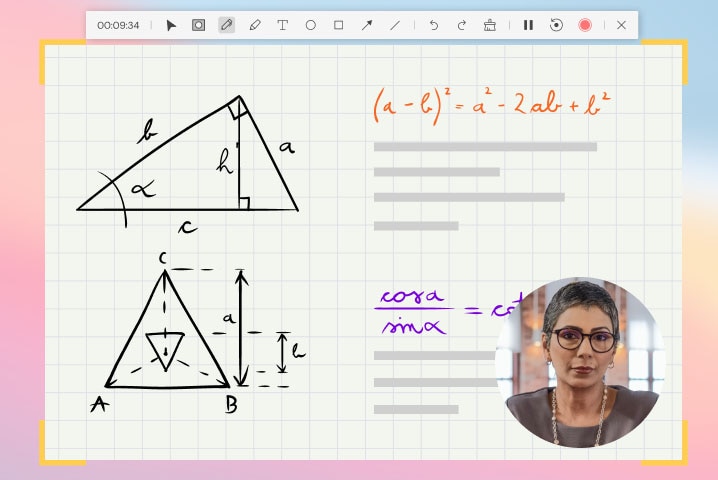
 Secure Download
Secure Download Secure Download
Secure DownloadFor example, if you are teaching a blended web design class, it would be far more beneficial for you to share a video with the basic of coding, rather than documents of the same. Your students are far more likely to engage with the video and learn much faster and more effectively than they would with a thousand-page document.
Videos also offer one of the best ways for your students to engage with you. You can ask them to themselves implementing the course or asking questions about the course material. In this way, the students are engaging with the class and with you as their teacher through a medium that is both interactive and easy to use.
One of the best ways to use video for learning purposes, is to ask the students to give a video presentation of their understanding of the course material as an assignment. You can then play back the videos they send you and grade their work.
Group Collaboration and Interaction
For a blended classroom to be effective, it not just enough that the student and teacher interact, it is also vital that the students interact with each other. While this can be very easy in a physical classroom setting, it is not very easy to set up in an online classroom setting.
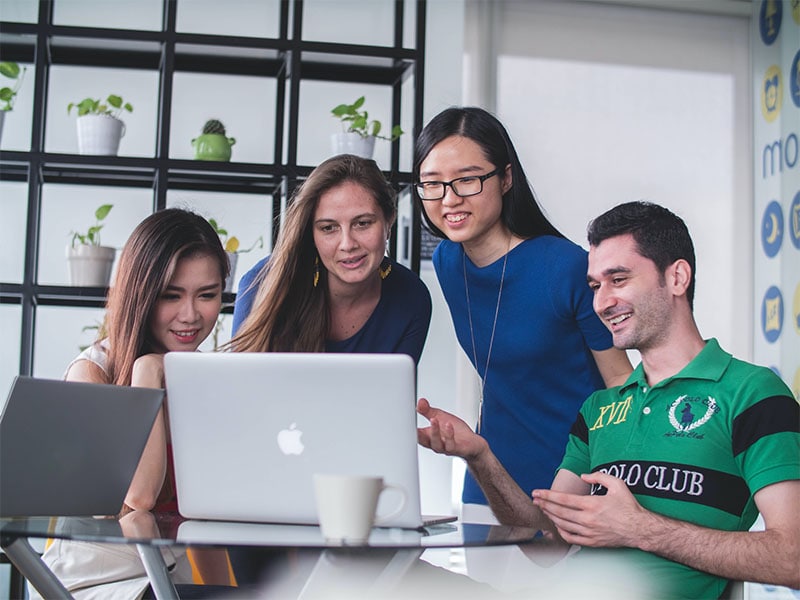
To effectively setup group collaboration online, multiple multimedia tools and software need to come together. But once this is achieved, the students can very easily communicate and collaborate outside the classroom.
Fortunately, there are a lot of learning management systems that are designed for this purpose. Choosing a predesigned platform rather than trying to create one by connecting several tools is more beneficial for the classroom. Students can then log in to whatever system is being utilized and use the chat to communicate and screen recorders for group presentations.
Assignments and Revisions
Like any other classroom, the purpose of a blended classroom would be incomplete with just lectures and projects. It is just as important to incorporate assignments into the overall strategy.
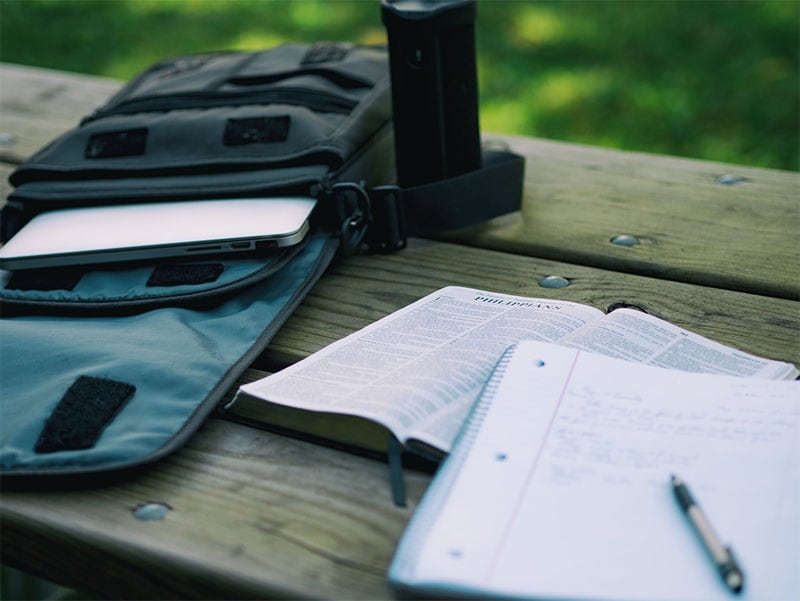
There are digital platforms that can make this very easy for the teacher. There are some that even allow you to offer digital assignments in real time and once you have assessed the assignments, set digital revision tasks that the students can review. This is just one of the many ways that online platforms can facilitate the constant communication between teacher and student. Students get to learn from their mistakes, a factor that also improves their ability to comprehend new course work.
Tips to Create the Perfect Blended Learning Environment
It is one thing to decide you would like to have a blended classroom, and another to ensure that the blended classroom is successful enough to be maintained in the long run. The following are some tips to help you maintain a great blended learning environment;
Find the Right Mix
Most blended learning projects will fail because of a lack of efficiency when coming up with the course structure. The course structure needs to be designed in a way that balances both independent learning and in-person classes, and this balance needs to incorporate all parties involved. For example, it may not be possible for a teacher to give a class of 30 one-one attention.
Keep it Personal
When coming up with the course structure for blended learning, it is very important to take into consideration the personal learning styles of the learners. Face to face learning allows the teacher to customize learning to the individual needs of the student, and this where blended learning can be absolutely magical. But even this needs to be planned correctly, since the content of the course needs to be relevant to the learner and the time needs to be convenient for the teacher.
It is also vital to make it possible for the course work to be available both online and in the classroom. This is because not all learners are, therefore may not respond to the same learning styles.
Flexibility is Key
Holding physical classes may not be sufficient since it may limit the students to only learn on specified days of the week at specified time. For students who may have other commitments such as work or families, this is a rigid form of learning that may not be very useful to them.
In contrast, online learning allows all students regardless of their commitments to fully engage with the course work since they can do it in their own time and at their own pace. Social learning management systems can further streamline the learning process, allowing students and lecturers to use the chat to explain course work that students may find challenging.
Involve the Right People with Online Courses
It is very important to ensure that you involve the right people with the online courses, particularly in the beginning. It would be very difficult for a student to complete all the online courses alone without the guidance of teachers who can point them in the right direction in terms of where to start,
Successful onboarding of a new student into the system can only be accomplished with other people helping.
For students and teachers looking for the ultimate interactive learning environment that is both flexible and adaptive, blended learning is one of the best solutions. But for it to be successful, a flexible and balanced course structure needs to be at the core of the strategy.
The right tools will also make or break your blended learning project. When it comes to tools, however, you may find it beneficial to choose a tool that is a complete learning management system, allowing your students to access the course materials and participate in group discussions via chat. Video recording software will also prove very useful to you in the quest to create the perfect blended classroom.


